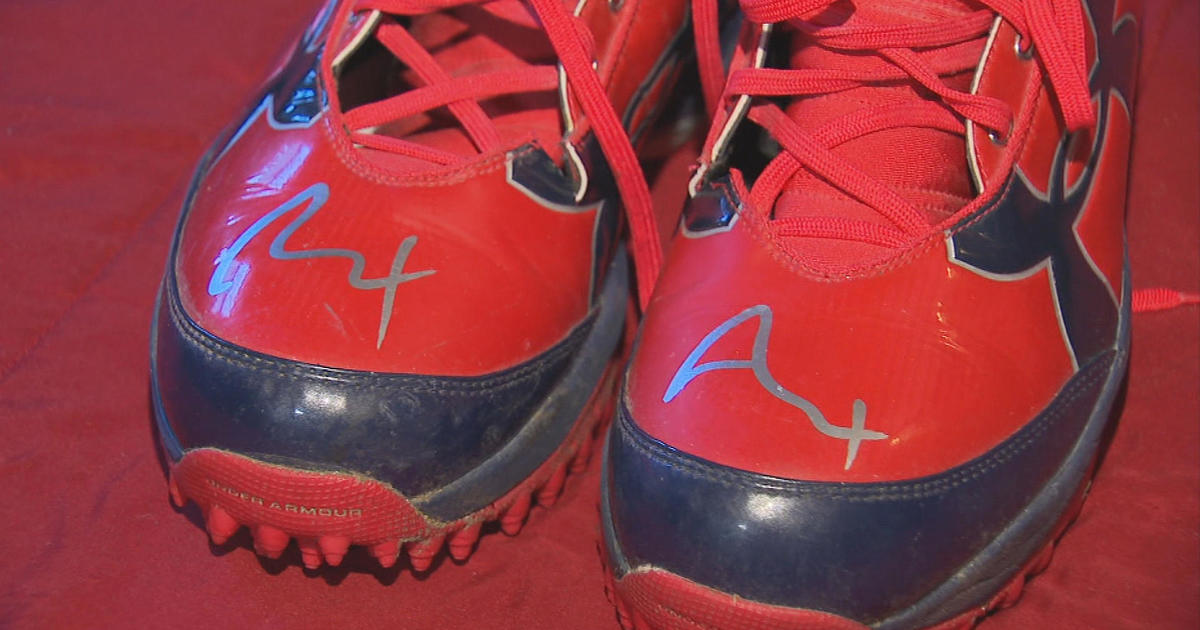Virtual Human At WPI Helps Make Medical Advances
BOSTON (CBS) - We got the chance to see something really remarkable today. They call it a virtual human, and it was created in our own backyard at Worcester Poly Tech. It has far reaching implications for advancing medical science that could help us all.
It's all on a computer screen, a digital representation of a human being, taken from a cadaver of a woman from Maryland who donated her body to science. It's made up of 5000, high resolution cross sections of her body, digitally stitched together in a lab at WPI.
"You are seeing the real person," says Prof. Sergey Makarov, Ph.D., who leads the team. They've worked four years to create a highly detailed, three dimensional, virtual body. "This model essentially allows us to model what is happening to the human body under different conditions," Makarov says.
That means they can experiment on the "virtual" human with no risk. "Anything you're doing to a human being that could potentially hurt them, you can test it in this virtual environment before actually doing it," says team member Greg Noetscher, Ph.D. "Some of the work has never been done before," he adds.
They're using the model to look at possible treatments for Alzheimer's, Parkinson's disease, depression and osteoporosis, and to test implant technology. "There's no reason to believe that we could not use this model to help in diagnosis and potential treatment of cancer," says Dr. Noetscher.
The clarity and transparency of the model allows scientists to make unique observations, and to advance the design of medical devices. "You can model pretty much everything we want. We can get the result in a day or two or three, and design the medical device properly," says Dr. Makarov.
The virtual human can also take a physical form. They've used it to create a model of a femur on a 3D printer.



